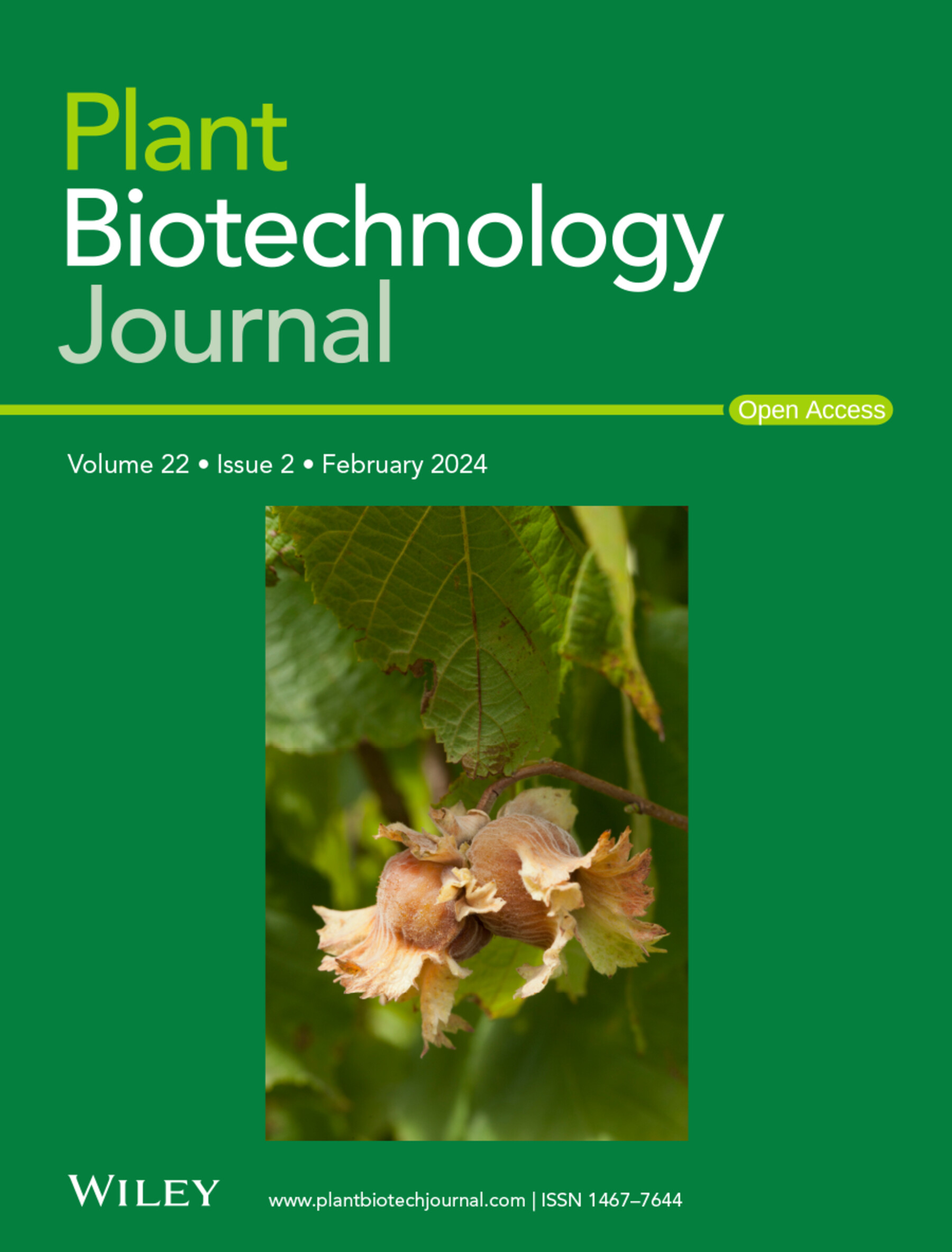Engineering Gypsophila elegans hairy root cultures to produce endosomal escape-enhancing saponins.
IF 10.1
1区 生物学
Q1 BIOTECHNOLOGY & APPLIED MICROBIOLOGY
引用次数: 0
Abstract
The limited cytosolic delivery of DNA and protein-based therapeutics due to endosomal entrapment reduces drug efficacy, increasing treatment costs and possible side effects in human and veterinary medicine as a consequence of higher administered dosages. Plant-derived triterpenoid saponins, specifically those with endosomal escape-enhancing (EEE) properties, have shown promise in overcoming this limitation by disrupting endosomal membranes. QS-21, a well-known EEE saponin, has been used as an adjuvant in vaccines, and recent studies have elucidated its biosynthetic pathway. However, EEE saponins are typically present as minor compounds in plants, posing challenges for their large-scale production and purification. Here we investigated the possibility of engineering SO1861 production, an EEE saponin from Saponaria officinalis, using heterologous gene expression in Gypsophila elegans hairy roots, a plant species known to synthesize structurally related saponins. Via S. officinalis transcriptomics, we identified jasmonate-responsive saponin biosynthetic genes, and three cytochrome P450s (CYP450s) involved in C23, C28 and C16 oxidations were characterised. Heterologous expression of these CYP450s in G. elegans hairy roots successfully altered the saponin profile, with notable increases in SO1861 precursors in lines expressing the C23-oxidases SoCYP72A984 and SoCYP72A1003. Interestingly, expression of only SoCYP72A1003, a non-canonical C23 oxidase, resulted in the accumulation of a compound matching the SO1861 standard, suggesting the activation of a potentially latent pathway and of silent enzymes in a novel combination. This work underscores the potential of engineering strategies in heterologous plant systems to steer triterpenoid saponin biosynthetic pathways and suggests new avenues for producing high-value EEE saponins.求助全文
约1分钟内获得全文
求助全文
来源期刊

Plant Biotechnology Journal
生物-生物工程与应用微生物
CiteScore
20.50
自引率
2.90%
发文量
201
审稿时长
1 months
期刊介绍:
Plant Biotechnology Journal aspires to publish original research and insightful reviews of high impact, authored by prominent researchers in applied plant science. The journal places a special emphasis on molecular plant sciences and their practical applications through plant biotechnology. Our goal is to establish a platform for showcasing significant advances in the field, encompassing curiosity-driven studies with potential applications, strategic research in plant biotechnology, scientific analysis of crucial issues for the beneficial utilization of plant sciences, and assessments of the performance of plant biotechnology products in practical applications.
 求助内容:
求助内容: 应助结果提醒方式:
应助结果提醒方式:


